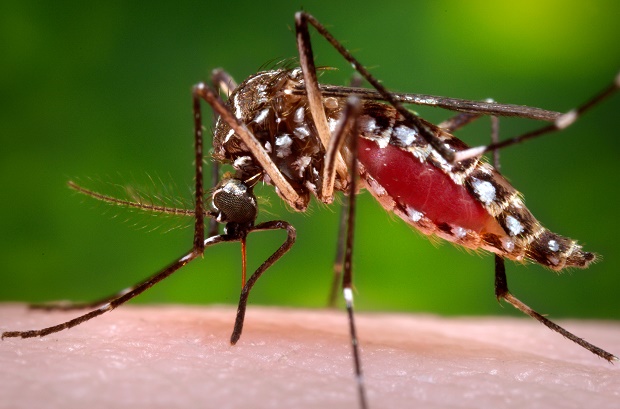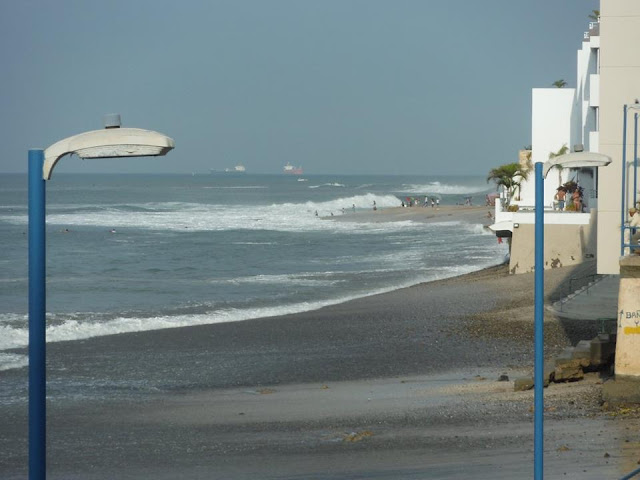Foreign residents may be Regulated

Foreign Ministry studies impact of foreign residents on Cuenca; says some regulation may be required due to affect on local population
Claiming that the number of U.S., Canadian and British foreign residents living in Cuenca exceeds 5,000, Ecuador’s foreign ministry says that some regulation of the influx may be necessary to mitigate the economic impact on the local population.
Foreign residents at a Cuenca restaurant.
The ministry says that in addition to English-speaking foreigners living in Cuenca, there are another 4,000 Latin American immigrants in the city, mostly Colombians and Peruvians.
The ministry says that about 1,000 to 2,000 new foreign residents arrive in Cuenca each year.
Humberto Cordero, who heads the ministry’s office of human mobility, says Cuenca is “flattered” that it has become such a popular destination for foreigners but that the impact on local services, health care and prices must be considered.
“We need to maintain a healthy environment for both Ecuadorians as well as our foreign visitors,” Cordero said. “If we don’t plan for the growth, there can be negative impacts on social and cultural life. We also don’t want bad feelings to develop that could create a xenophobic atmosphere for foreigners,” he said.
Citing a study by the University of Cuenca, Cordero said that foreigners tend to concentrate in the center of the city, in the historic district and within a 15-minute drive of it. “This concentration can affect the local population in terms of availability of housing and services and increased prices,” he said. “We are looking at the impact on real estate, among other things.”
The figure of 12,000 U.S., Canadian and European expats was based on estimates provided by the University of Cuenca, not from Interior Ministry’s immigration office statistics, Cordero said. In the past, immigration authorities said it could not provide exact figures but estimated the number of U.S. and European residents at “about 5,000.” The Ministry said in late 2013 that there were about 38,000 U.S. and European residents living in all of Ecuador.
The U.S. Embassy and Consulate say that their “best guess” is that there are about 4,000 U.S. citizens living in Cuenca. “There’s no way for us to keep accurate records about this,” said former U.S. Guayaquil consul general David Lindwall. “It anybody’s guess.”
Cordero said that the foreign ministry will propose measures to lessen the impact of foreigners living in Cuenca but did not provide a date when the proposals will be announced.




















